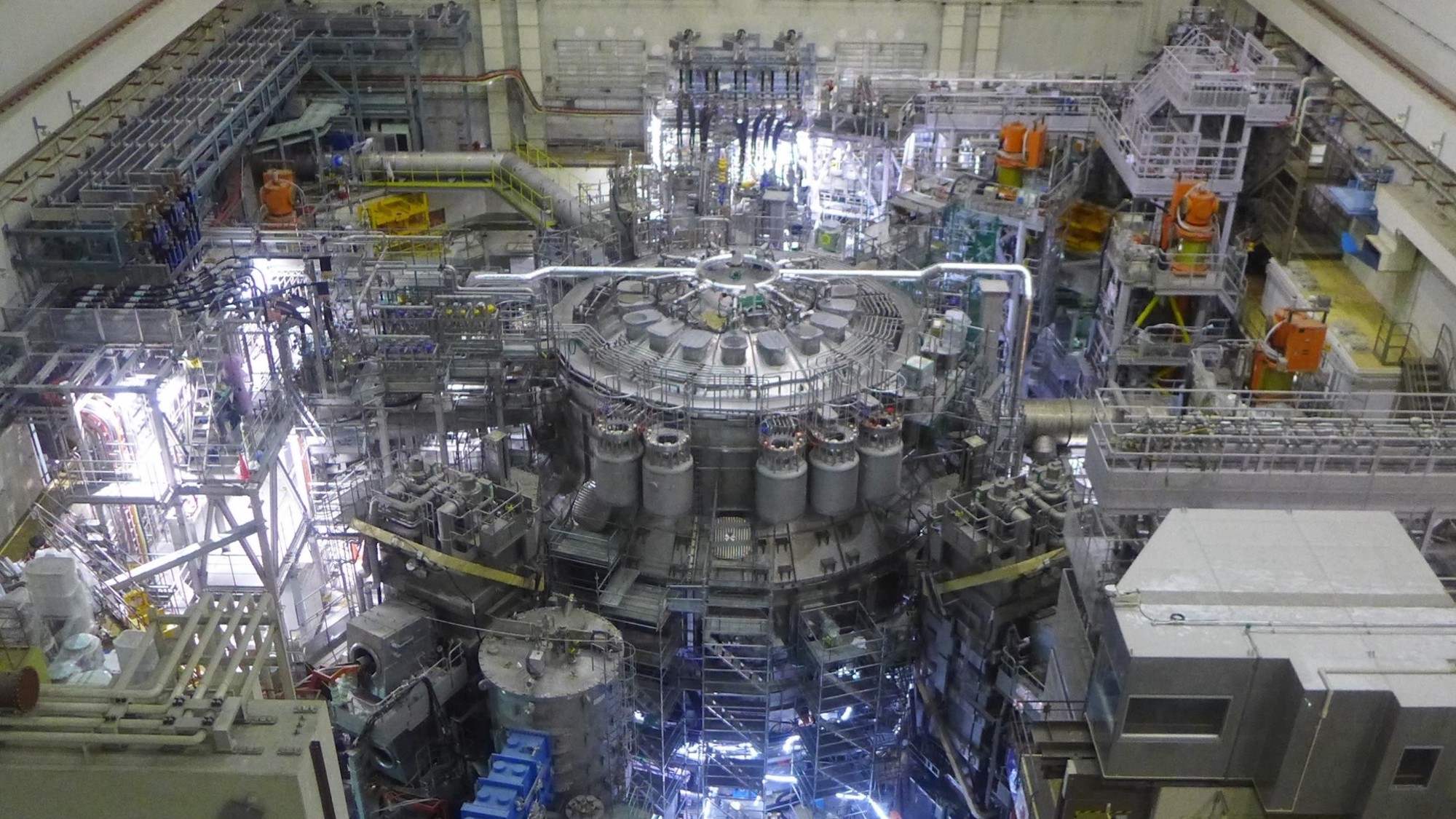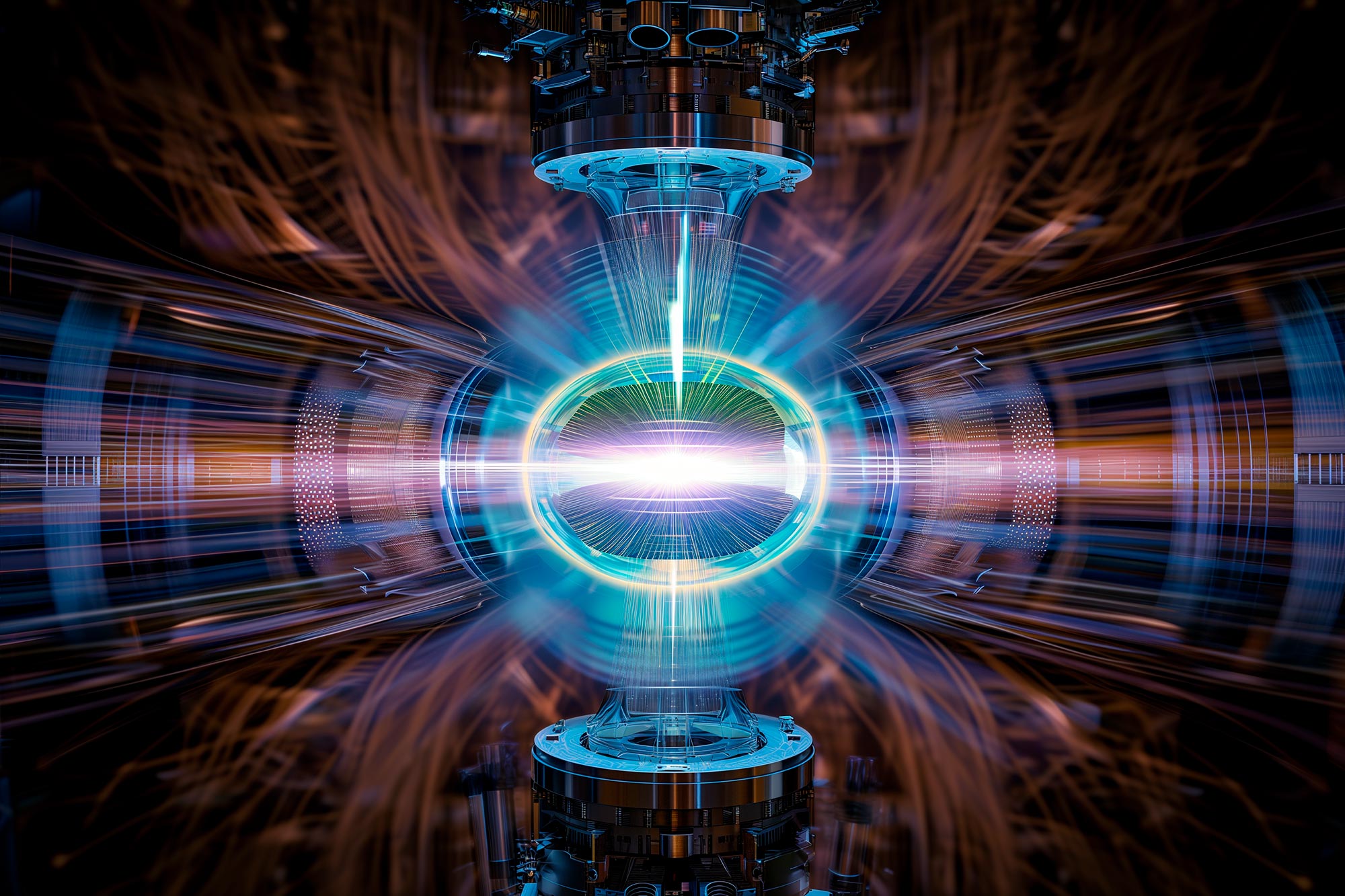Key Takeaways
- JT-60SA Testing Begins: Japan and the EU have officially commenced testing at JT-60SA, the world’s largest experimental nuclear fusion reactor, marking a milestone for fusion research.
- Extreme Temperatures Reached: The JT-60SA tokamak heats plasma to 200 million degrees Celsius, simulating the fusion conditions similar to the sun.
- A Global Energy Partnership: The collaborative project underscores the long-term partnership between Japan and the EU in advancing sustainable fusion energy solutions.
- Future Energy Potential: Nuclear fusion could become a critical part of the energy mix later this century, but scaling it up remains challenging.
- Alternative Fusion Pathways: Other fusion methods, like inertial confinement fusion (ICF) using lasers, are also making significant progress, suggesting multiple viable approaches to fusion energy.
___________
JT-60SA reaches 200 million °C, hotter than the sun’s core—fusion energy’s “holy grail” approaches

Japan and the European Union recently inaugurated testing at the JT-60SA tokamak reactor, the world’s largest experimental fusion facility, situated around 85 miles north of Tokyo. Official operations began on December 1, following an initial test run in October, symbolizing a significant step in their long-standing fusion energy partnership. This six-story structure, one of the most advanced reactors globally, has the unique capability to heat plasma to temperatures of 200 million degrees Celsius (around 360 million degrees Fahrenheit), conditions required to achieve nuclear fusion—a process that, like the sun, could produce virtually limitless energy with minimal environmental impact.
The tokamak, a technology first developed in the Soviet Union in 1958, is a doughnut-shaped chamber where magnetic coils enclose gaseous hydrogen fuel. Within this enclosed space, magnetic fields spin the gas at high speeds, eventually creating helium plasma. Fusion occurs when the temperature and pressure reach levels high enough to overcome the repulsion between hydrogen atoms, fusing them together and releasing massive amounts of energy.
EU energy commissioner Kadri Simson called the JT-60SA the “most advanced tokamak in the world,” celebrating it as a historic fusion energy milestone. Though JT-60SA won’t ultimately produce sustainable energy on its own, it serves as a prototype for more scalable systems, like the International Thermonuclear Experimental Reactor (ITER) under construction in France. ITER, expected to become operational by 2025, is a multinational project aiming to demonstrate nuclear fusion’s feasibility for global energy production.
The Potential and Challenges of Fusion Energy
Fusion energy holds immense promise due to its potential for clean, near-unlimited energy without greenhouse gas emissions. According to experts, achieving net-positive energy production could fundamentally reshape our energy sources, reducing reliance on fossil fuels and minimizing carbon emissions. However, despite decades of research and significant technological progress, creating a commercially viable fusion reactor remains a difficult challenge. Fusion requires temperatures many times hotter than the sun’s core and incredibly high pressures, demanding both advanced materials and precise control of the reaction.
The JT-60SA project, jointly funded and developed by Japan and the EU, aims to address some of these challenges by pushing the limits of magnetic confinement fusion technology. This method uses strong magnetic fields to keep superheated plasma stable, but further development is necessary before achieving energy gain—that is, producing more energy than is consumed in the process. ITER, which also employs a tokamak design, aims to accomplish this milestone and demonstrate the commercial viability of fusion energy.
In parallel, alternative fusion methods are gaining traction. In California, the National Ignition Facility (NIF) has made breakthroughs with inertial confinement fusion (ICF), a different fusion approach using powerful lasers. In 2023, NIF achieved net energy gain through laser-driven fusion for the second time, marking another path to potentially viable fusion energy. Unlike tokamaks, ICF uses laser beams to compress hydrogen isotopes within a small capsule, generating conditions intense enough to start fusion reactions.
The successful development of nuclear fusion, whether through tokamak reactors or ICF lasers, could transform the global energy landscape. Fusion’s potential to supply nearly unlimited, carbon-free energy aligns with global efforts to combat climate change. While current experimental reactors like JT-60SA are focused on feasibility testing rather than energy production, advancements from these projects move us closer to realizing fusion energy’s full potential.





Another name for a fusion reactor is *neutron bomb*. 70% of the energy release in DT fusion is in the form of energetic neutrons. Neutrons can’t be contained by magnetic fields and the neutrons activate (make radioactive) anything that they strike. The other 30% of fusion energy is released as hard gamma radiation, also not confined by magnetic fields. The nice thing about fusion reactors is that they can kill people, but leave buildings standing. Seriously, controlled fusion research has served for 50 years as a welfare program for high energy physicists. Unlike fission reactors, they have yet to produce that first kilowatt hour of bussbar energy.